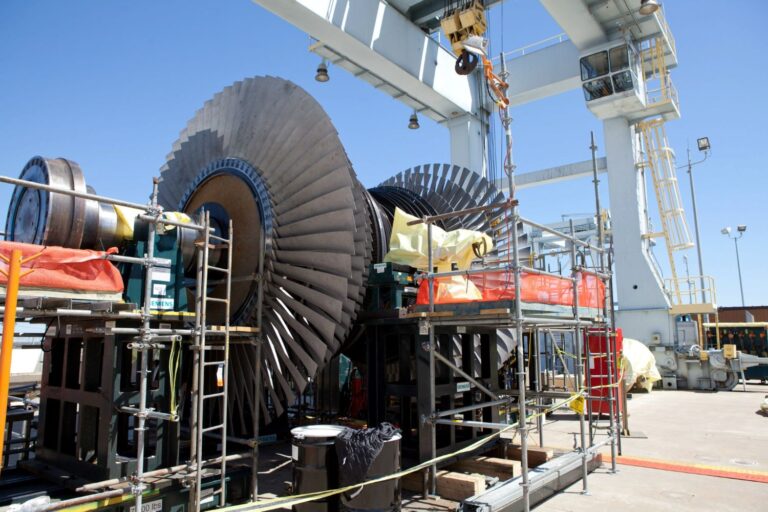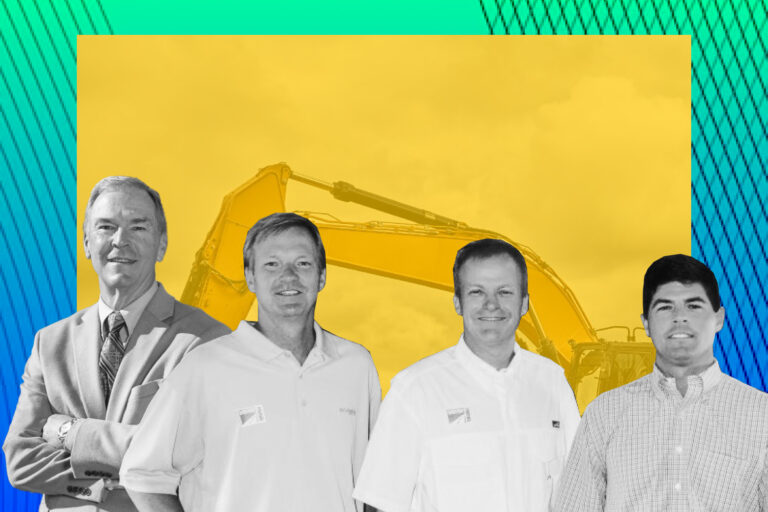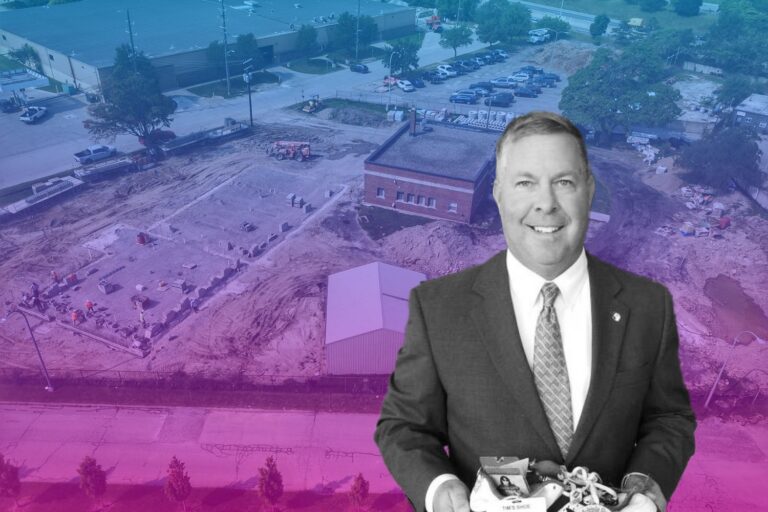KBR: The Growth Trajectory Behind This Houston-based Technology Coach for NASA
KBR, which originally stood for Kellogg, Brown & Root, is headquartered in Houston, Texas with customers in more than 80 countries, and operations in 40 countries. It is said that from individual technologies and services to comprehensive project delivery and mission execution, no other company can match the breadth and depth of solutions what KBR. Inc. is offering.
Spectacular Breakthroughs from the Early Days
Incorporated in 1919 (according to the basis for its 100th anniversary in 2019), over a century with various up and down, KBR has grown from teams of wagons and mules to pave rural roads into a global company with more than 36,000 employees worldwide and nearly $5 billion of annual revenue. This story began in 1998 – when there was the merger between New York engineering firm M.W. Kellogg and Houston construction company Brown & Root.
Actually, before the merger, M.W. Kellogg and Brown & Root were absolutely the successful business in their own field – which was considered as one of KBR’s initial advantages. Let’s discover how the two firm was before they became part of KBR.
M.W. Kellogg: Non-Stop Innovative Product
Founded in 1901 by Morris Woodruff Kellogg, M.W. Kellogg first was a tiny pipe fabrication business in New York. After a long operation time, it grew into a professional engineering firm. During this process, this company have created some new technologies and industry milestones, which can be listed such as the world’s first catalytic cracking facility or Europe’s first crude oil-based liquid ethylene cracking facility.
In the 1960s, because of its fertilizer production revolution through the new ammonia process, M.W. Kellogg made a prompt improvement in global food production. Many of the inventions developed here also set the foundation for petroleum refining and petrochemical processing plants, which are still used by KBR today.
Brown & Root: Multi-Field Business
Founded in 1919, when brothers George and Herman Brown partnered with Herman’s brother-in-law Dan Root, Brown & Root first was an engineering and construction company. At the beginning, Brown and Root focused on building roads but quickly expanded into other areas. During World War II, it turned its focus to helping the United States defeat Nazi Germany and Imperial Japan and making ships.
After the end of World War II, beside traditional fields, Brown & Root set its sights offshore – to build refineries, petrochemical plants, and pipelines. In 1947, it constructed the first offshore oil platform 43 miles off the coast of Morgan City, LA. In fact, this company pioneered offshore oil rigs and undersea pipelines in the North Sea, which is notorious for its frigid temperatures and unpredictable winds and waves.
Brown & Root also assisted the US in winning the Space Race, in addition to its works on land and offshore. Its test facility in the 1950s was the first to employ significant volumes of liquid hydrogen, which was the preferred fuel for the Saturn V rocket later. Besides, this Houston company helped to build NASA’s Manned Space Center in Clear Lake in the 1960s, which remains home to the space agency’s astronaut corps and Mission Control now under name of Johnson Space Center.
Kellogg Brown & Root: Great Synergy
KBR was founded in 1998, when Brown & Root Engineering and Construction merged with M.W. Kellogg. This merge formed a global engineering, procurement, construction (EPC) and services company.
In April 2007, Halliburton and KBR parted ways, regarded as a move that toned down criticism of a potential conflict of interest between Vice President Cheney and the lucrative no-bid contracts that KBR received in the second Gulf War. This scandal was haunted by controversies and tragedy for KBR, whose employees and contractors found themselves in harm’s way in the aftermath of the Second Gulf War in Iraq. At that time, the firm was scrutinized by the media and lawmakers on Capitol Hill, and it was subjected to contract audits and inquiries as a result of its actions in Iraq.

More than a century after its predecessor company’s founding, through acquisitions — including Ecoplanning, Energo, Granherne, GVA, HTSI, PLINKE, SGT, Weatherly, Wyle, Centauri and more — KBR has evolved from its blue-collar roots and now makes most of its development from comprehensive science, technology, and engineering solutions for a wide range of markets, from aerospace and defense to industrial to intelligence and beyond.
Milestones That Form Leap Forward
In 2014, KBR welcome the new member for executive board, after William “Bill” Utt’s retirement serving as CEO for nearly eight years. This member was Stuart Bradie, a former managing director with the Australian engineering company WorleyParsons. Came in as the CEO of KBR, this man has contributed to two of this company’s milestones: cleaning up KBR’s image and shifting away from “commoditized” lump-sum project contracting.
Get Over the Scandal
On his first task – cleaning up KBR’s image, Bradie met with military officials and reconciled $45 billion of invoices. “We’re shaking off the shackles of the past in terms of the way people think about us,” Bradie, said in a recent interview with Texas Inc. “We’re very proud of our history, but we’re different now.”
By providing evidence for all the costs associated with what KBR had done in Iraq, this company dispelled the myth of “the $500 toilet and the $50 ashtray” that was out there.
However, when KBR was ultimately cleared from the billing scandal, it did not make front page news. Instead of paying more for this stuck, Bradie said it was more important to put the issue to rest and for the company to move forward. He believed that the story for KBR was not to well in the past.
“We’ve proven through the winning of legal cases that we were correct. We’ve proven through the settlement of historical audits and costs that had been charged and that have been resolved that we did the right things. We’re forging a new path, one that’s got nothing to do with that history.” – Bradie said.
That move-on spirit somehow explains the reason and motivation of this CEO when making KBR historical shift in 2020: he led KBR’s exit from the fixed-price energy construction business. To his point of view, the business of energy was at its peak and had the signal to go downward. Bradie said that instead of remaining the old business, the new KBR will focus on government services and technology.
Inform New Direction of Business
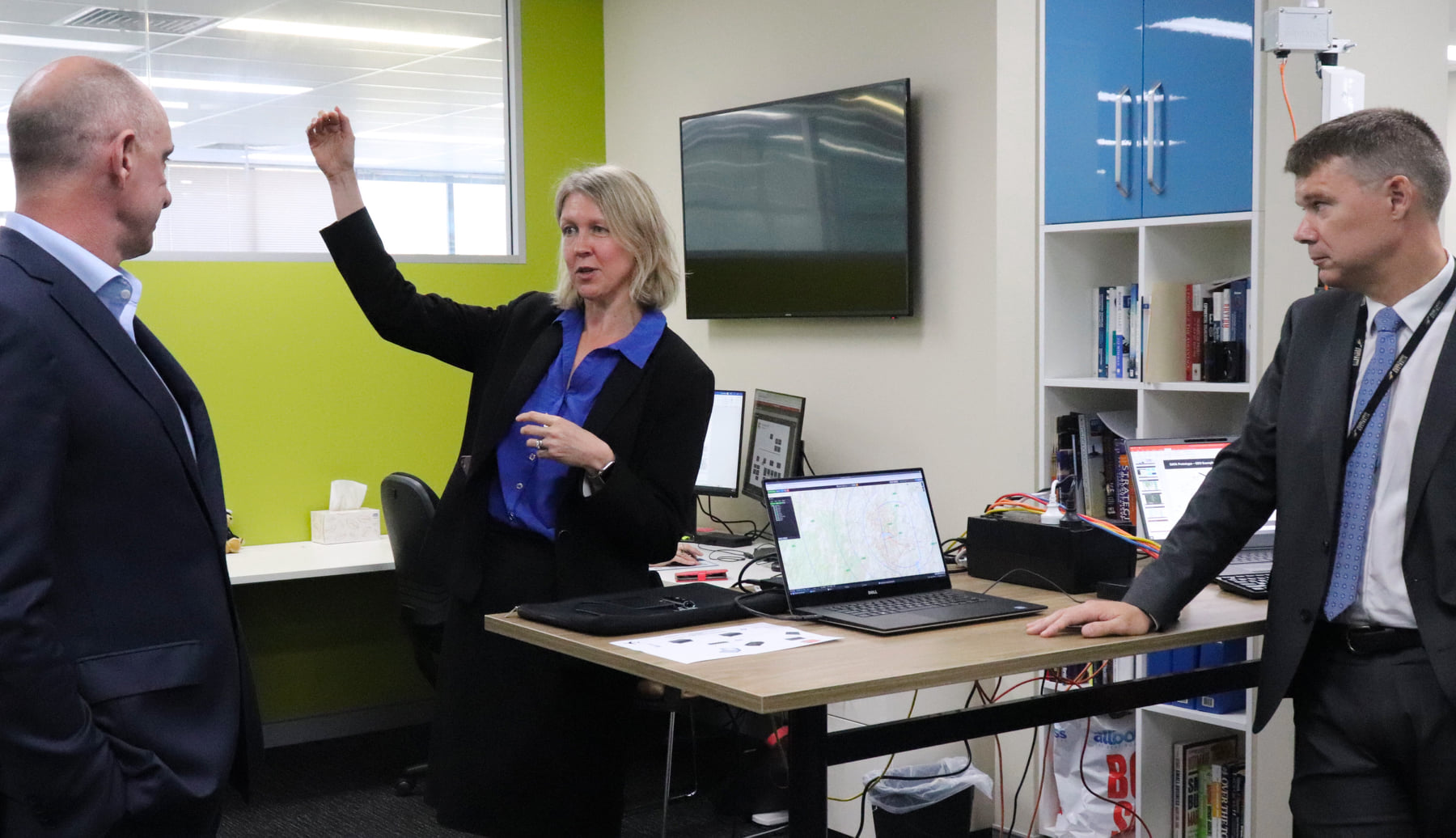
This was a massive change. Energy services contracts, including liquified natural gas terminals, had been 75% of the company’s business in 2015. On top of that, the company had been a part of Halliburton— the oil field services giant — up until 2007. That is why in recently exiting the energy business, KBR has made one of the greatest executive turns of the early 21st century.
In mid-2020, KBR, Inc. reported that it has completed a review of its portfolio with a view to transiting from a three-segment to two-segment business model. The firm followed its energy announcement in August by buying Centauri, a military technology contractor, for $800 million.
KBR revealed in a written statement that its new model will only comprise its Government Solutions and Technology Solutions units, removing its Energy Solutions business – which has now been incorporated into KBR’s Sustainable Technology Solutions (STS) segment. During the same period, the company removed $1.2 billion worth of backlogged energy projects from its books.
The revamped Technology Solutions business includes process technologies and catalysts. They also integrate more technology-led industrial services, applying digital remote monitoring. Most special, they noted Technology Solutions “will be enhanced and augmented” with investment in the firm’s consulting practice – specifically in connection with energy transition, energy efficiency and sustainability.
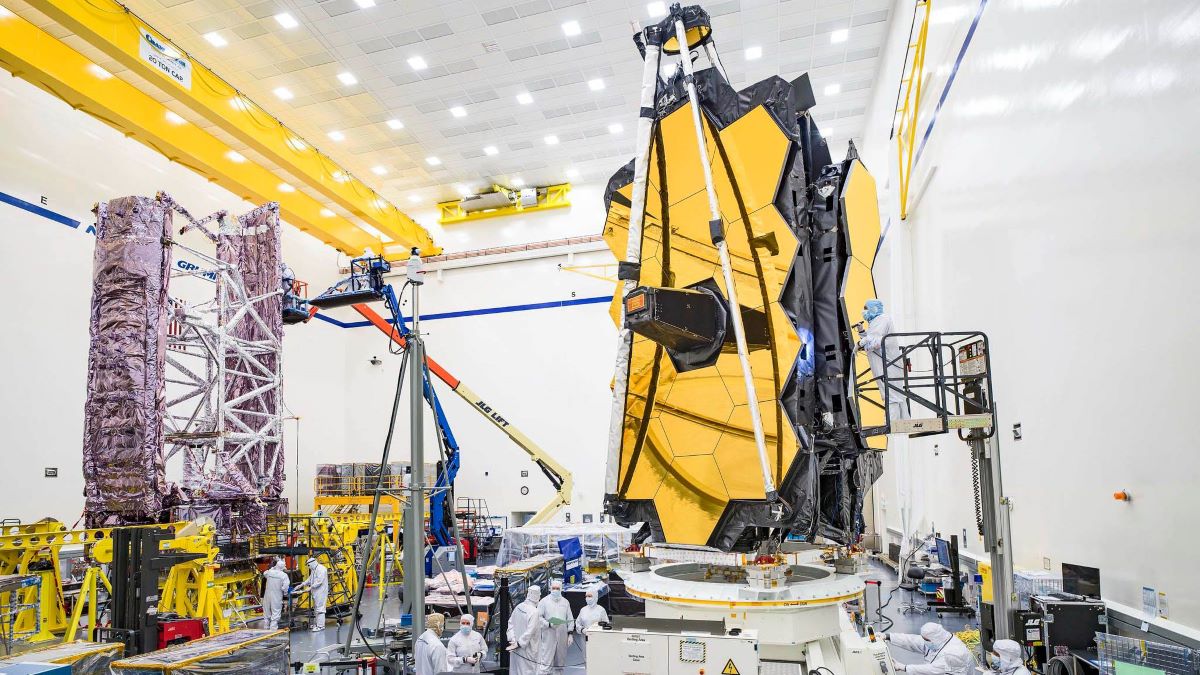
According to Bradie, that transformation in operating model greatly simplifies their business and allows them to further reduce risk and narrow their strategic focus. This transformation is the culmination of a years-long shift away from high-risk and commoditized markets and toward more agile, technology-driven, knowledge-based delivery.
“Recent and ongoing market disruptions, particularly in the energy sector, have allowed us to reimagine how we best add value to our customers,” commented Bradie. “We accelerated our thinking and implementation to becoming a solutions-oriented business. Enhancing our Technology Solutions business with our high-end, sustainability-focused industrial sector expertise and client relationships creates exciting cooperation opportunities.”
Promising Potential of Expansion
In spite of its foundation on construction and oil industry projects, KBR now receives more than 70 percent of its business from government contracts for information technology, cybersecurity and other support services for NASA, the military and various agencies.
“I want the base business of KBR, which I call the cake, to be recurring revenue, engineering and technically led in hydrocarbon and government services. Then the big projects become the candles on the cake”. – Said Bradie. In the other word, by this shift, what Bradie wanted was that KBR could to stay in a much stabler environment for its people and a longevity for its shareholders for future earnings as well.
So far, it seems that these plans are going well. Now, he says KBR has achieved carbon neutrality and plans to be net-zero in carbon by 2030. Moreover, the “achievement of the company’s environmental, social and governance goals” are now tied to its executive compensation plan. It is also now winning contracts on plastic recycling and carbon recycling. This could all be great news for KBR stock.
In 2019, stock traders reclassified KBR from an engineering, procurement, and construction company to an information technology consulting company. In the same year, KBR updated its logo, replacing Halliburton’s distinctive red hue and block letters with a blue futuristic typeface and a multicolored sun rising over the Earth as seen from outer space.
During the first quarter of 2021, this Houston-based company reported a sharp turnaround in profits, despite a 5 percent decline in revenues in compared to that of 2020: from $1.5 billion to $1.4 billion. Total net income was $47 million, compared to a loss of $104 million in the first quarter of 2020.

Recent wins such as a $6 billion contract with the State Department to provide services to coordination, operations and maintenance services to embassies and consulates around the world promise to improve the company’s earnings over the next few years.
Tahira Afzal, an analyst with KeyBanc Capital Markets who has covered KBR for the past eight years, said that the company has successfully pivoted away from the oil & gas industry and now has a “clean balance sheet” from the scandals of the past.
The company, according to Afzal, has a head start and in engineering, information technology and health services for space travelers at a time when space exploration and operations costs are coming down. “We could be on the cusp of a very big breakthrough trend and one they’re well-positioned to take advantage of,” she said.
The Bottom Line
Historically, KBR has been categorized as doing big projects in LNG or whatever it might be. Now, it has changed. It is still in that business, but in a more centralize way. By identifying exactly the market’s transformation and focus on potential field, it can not only decrease the risk but also make the business sustainable.


